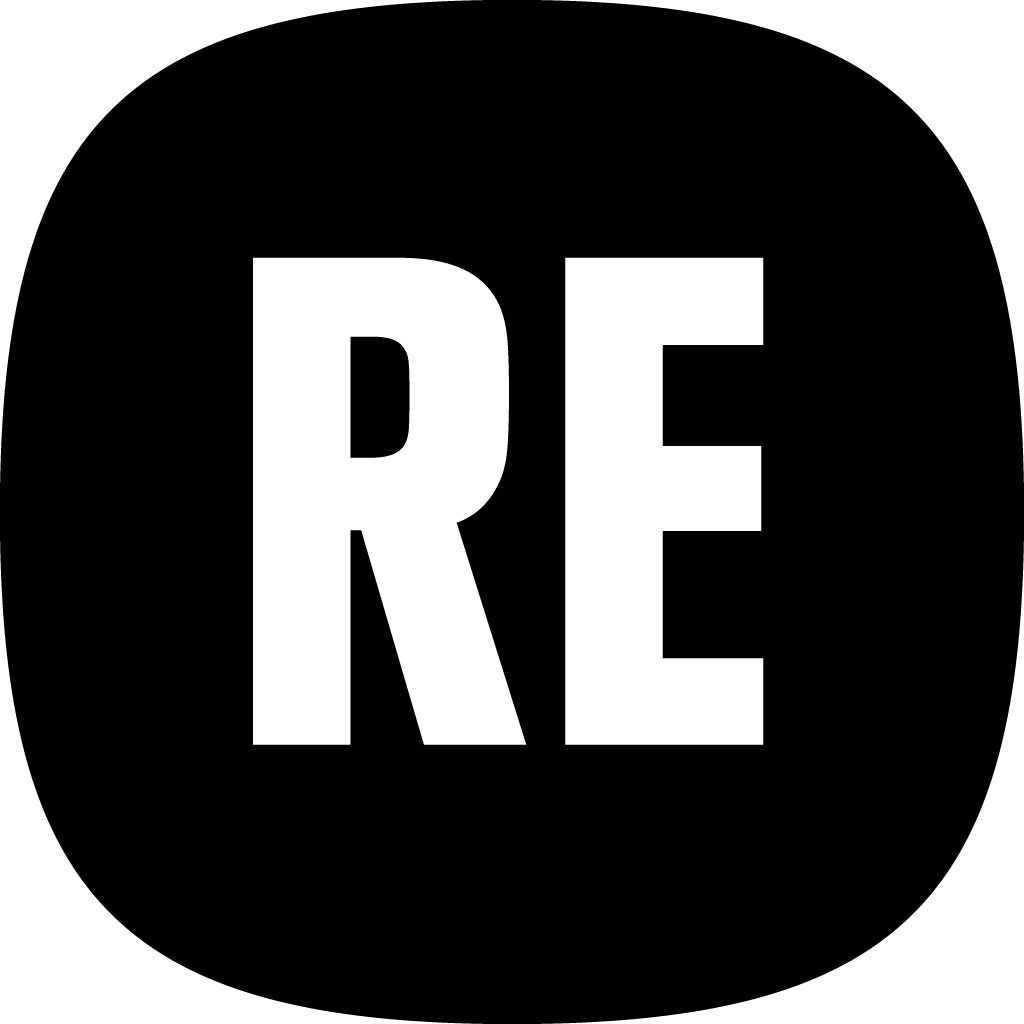Prato Textile Museum
.jpg)
WHO
The Prato Textile Museum, located in Tuscany, Italy, is a leading institution dedicated to preserving and promoting textile heritage. It plays a vital role in conserving historical textiles while fostering innovation in design and craftsmanship. Serving as both a museum and a research hub, it bridges the rich history of Prato's textile production with contemporary practices. Through exhibitions, educational programs, and collaborations with artisans and textile industries, the museum actively promotes sustainability and the creative reuse of materials.
WHAT
The RECHARGE Living Lab at the Textile Museum of Prato is a strategic project designed to expand the museum’s digital and commercial presence. The project promotes sustainable and participatory business models for cultural institutions through the development of an e-commerce platform. This platform provides visibility and economic opportunities for young artisans, independent designers, and small museums. By collaborating with local creative communities—including artisans, designers, and small businesses—the museum’s e-shop enhances the visibility of handmade, sustainable, and local products (some of which are inspired by the museum's collection) as well as exhibition catalogues, courses led by experts, and items from partner museums.
The e-commerce platform aligns with the museum’s sustainability goals by promoting local craftsmanship and materials primarily from the Prato and Tuscany region. Overall, the initiative fosters a vibrant and sustainable ecosystem for cultural entrepreneurship.
HOW
This Living Lab is brought to life through a multifaceted approach that integrates digital transformation, participatory design, and community-centered co-creation. The museum’s e-commerce platform was developed over a year through co-ideation and co-creation sessions with local communities, including artisans, designers, small businesses, other museums, and potential users. These workshops focused on ideating, designing, and testing the e-shop concept as well as its product and service offerings..
The platform has already captured significant interest, receiving its first purchase orders and positive feedback. Community workshops held in February 2024 provided valuable insights into user experience and helped the museum refine the platform and further develop its offerings to better serve its audience. These sessions highlighted the value of storytelling and artisan background, as well as the appreciation of the craftsmanship and unique identity of the products. The museum’s mediation ensures that the products are seen as high-quality and refined, boosting their perceived value.
During the second year of the project the museum has been working on expanding the museum’s network of artisans, developing new product and service offerings, implementing some technical adjustments and enhancing the online brand through strategic marketing and promotion plans. Partnerships with institutions like IED (European Institute of Design) and ISIA (Higher Institute for Artistic Industries) have also helped to develop new products targeted at younger, gender-neutral customers.
With the support of external marketing agencies and internal workshops, the museum aims to improve the platform's usability and enhance its visibility, ensuring long-term sustainability of the project. Through this participatory model, the Textile Museum of Prato is setting a strong example for how cultural institutions can create economic and social value together with creative local communities.
PROBLEM SOLVED
One of the initial challenges faced by the museum was effectively engaging a diverse group of stakeholders. This required dedicated outreach efforts and a clear communication of mutual benefits to encourage active participation in the co-creation workshops. Additionally, the museum has been working to develop new skill sets in areas such as e-commerce management, and digital marketing, which involves both internal staff training and reliance on external expertise.
The unique nature of the handcrafted products presented ongoing challenges related to visual presentation, inventory management, and conveying the individual stories behind each artisan. When the museum began to engage with other cultural institutions as product suppliers, it encountered the complexity of acting as a sales intermediary between the end user and additional intermediaries, such as small museums.
Looking ahead, the museum has recognized the importance of exploring diverse revenue streams and refining its operational model based on user feedback and sales data collected during the testing phases. These ongoing efforts are essential to ensuring the long-term viability and impact of the e-shop.

.jpg)
Share